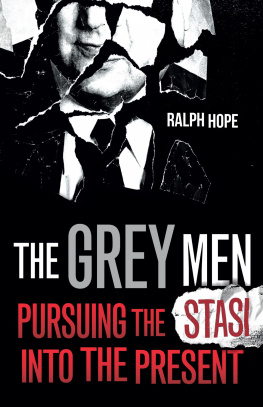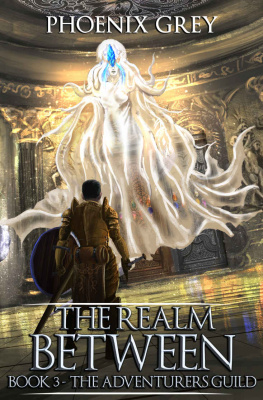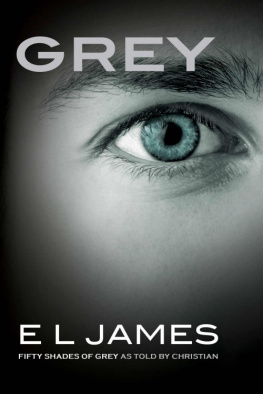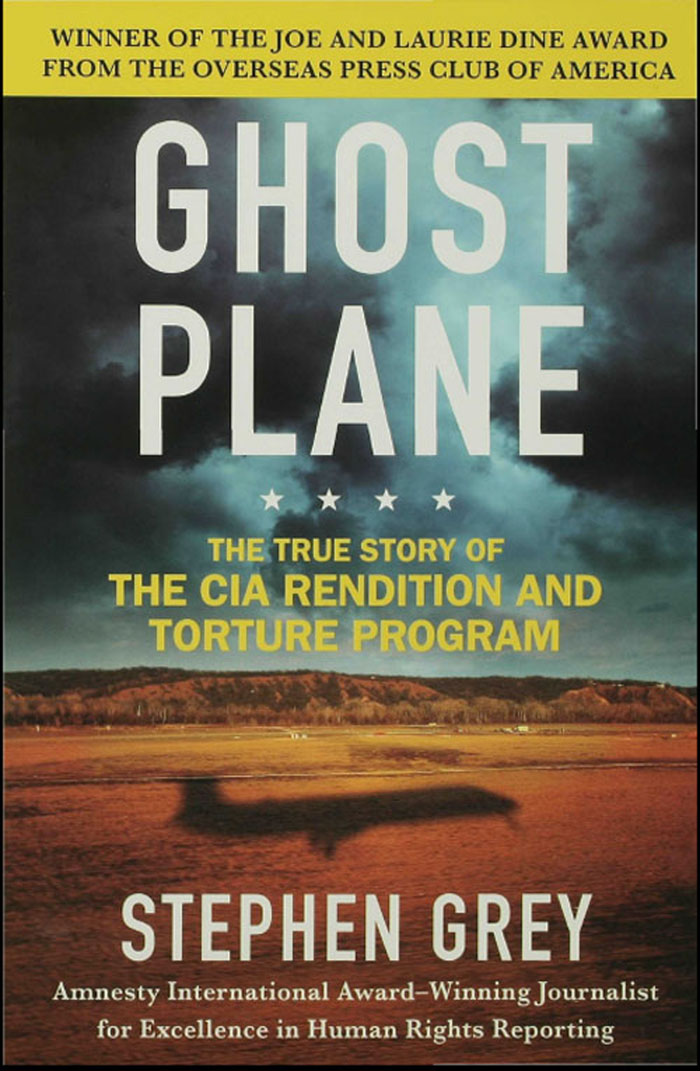GHOST PLANE. Copyright 2006, 2007 by Stephen Grey. All rights reserved. Printed in the United States of America. No part of this book may be used or reproduced in any manner whatsoever without written permission except in the case of brief quotations embodied in critical articles or reviews. For information, address St. Martin's Press, 175 Fifth Avenue, New York, N.Y. 10010.
Grey, Stephen.
Ghost plane : the true story of the CIA rendition and torture program / Stephen Grey.
p. cm.
Includes bibliographical references and index.
1. United States. Central Intelligence Agency. 2. TortureUnited States History. 3. Intelligence servicesUnited States. I. Title.
First St. Martin's Griffin Edition: October 2007
THE PRINCIPAL CHARACTERS

Air America
The Ghost Planes: a Gulfstream V and a Boeing Business Jet, both operating from North Carolina
Jim Rhyne, former chief pilot of Air America, founder of Aero Contractors Limited, a CIA company in North Carolina; died in 2001
Captain James Fairing, a pilot of the Boeing used in renditions
The Prisoners
Maher Arar, a Canadian wireless computer engineer
Binyam Mohamed, an Ethiopian student from Notting Hill, London
Ahmed Agiza and Mohammed al-Zery, two Egyptian asylum seekers in
Sweden Osama Nasr, known as Abu Omar, Egyptian militant living in Milan,
Italy Khaled el-Masri, unemployed German car salesman Ahmed al-Maati, Canadian truck driver Abdullah Almalki, Canadian businessman Manadel al-Jamadi, an alleged insurgent who died at Abu Graib, Iraq
The Enemy
Osama bin Laden (OBL)
Dr. Ayman al-Zawahiri, head of Egyptian Islamic Jihad, deputy to bin Laden
Abu Musab al-Zarqawi, insurgent leader in Iraq; died in air strike June 7, 200
Khalid Sheikh Mohammed, chief architect of the September 11 plot
Abu Zubaydah, senior associate of OBL
The Agency
John M. Deutch, director of Central Intelligence, 1995-1996
George Tenet, director of Central Intelligence, 1997-2004
Porter Goss, director of Central Intelligence, 2004-2006
Michael Scheuer, head of Osama bin Laden unit, 1995-1999
Cofer Black, head of the CTC, 1999-2002
Robert Seldon Lady, former CIA chief of station in Milan, accused of involvement in the rendition of Abu Omar
The White House
William J. Clinton, president of the United States, 1993-2001
George W. Bush, president of the United States, 2001
Samuel Sandy Berger, deputy National Security advisor, 1990-1993, National Security advisor, 1997-2001
Condoleezza Rice, National Security advisor, 2001-2005
Richard Clarke, head of Counterterrorism Security Group (CSG) from 1992 to 2003 and NSC terrorism czar, 1998-2000
Alberto Gonzales, White House counsel, 2001-2005
The Pentagon
Donald Rumsfeld, secretary of defense, 2001
Paul Wolfowitz, deputy secretary of defense, 2001-2005
The Department of Justice
John Ashcroft, attorney general of the United States, 2001-2005
Alberto Gonzales, attorney general of the United States, 2005
Larry Thompson, deputy attorney general, 2001-2003
Jay S. Bybee, assistant attorney general, 2001-2003
John Yoo, deputy assistant attorney general in the Office of the Legal Counsel, 2001-2003
State Department
Condoleezza Rice, secretary of state, 2005
General Colin Powell, secretary of state, 2001-2005
Edward Walker, Jr., ambassador to Egypt, 1994-1997
Michael Sheehan, coordinator for counterterrorism, 1998-2001
The Whistleblower Craig Murray, U.K. ambassador to Uzbekistan, 2002-2004
Canada
Canadian Security Intelligence Service (CSIS)
Royal Canadian Mounted Police (RCMP)
Franco Pillarella, Canadian ambassador to Syria, 2000-2003
Egypt
Hosni Mubarak, president, 1981-Omar Suleiman, head of Egyptian intelligence, 1993-Hassan El-Alfi, interior minister, 1993-1997 General Habib El-Adly, interior minister, 1997
Italy
Armando Spataro, deputy prosecutor of Milan
Bruno Megale, head of DIGOS police anti-terrorism squad in Milan
Silvio Berlusconi, prime minister, 2001-2006
Pakistan
General Pervez Musharraf, president, 1999
Makhdoom Syed Faisal Saleh Hayat, interior minister, 2002-2004
Syria
Bashar al-Assad, president, 2000
General Hassan Khalil, head of Syrian Military Intelligence, 2000-2005 Colonel George Salloum, head of the counterterrorism investigations at the Palestine Branch
United Kingdom
Tony Blair, prime minister, 1997
Jack Straw, foreign secretary, 2001-2006
Uzbekistan
Islam Karimov, president, 1991
Shavkat Mirziyaev, former Samarkand regional governor; prime minister, 2003
PROLOGUE:
INSIDE THE PALESTINE BRANCH, SYRIA

DAMASCUS, SYRIA, TUESDAY, DECEMBER 17, 2002The Sheraton Hotel boasts of its location at the hub of an ancient city It is built around an open courtyard. On three sides a cluster of four-story buildings surround two white marble staircases that descend as if through an amphitheater to a wide shimmering swimming pool that is surrounded by deck chairs and palm trees. You can see the pool's water from the Ikonos spy satellite, orbiting 420 miles above the earth. Inside, the hotel features not only local cuisine but the English pub, Luigi's Italian pizza restaurant, and the Rumors Disco Bar nightclub, open until 3:00 A.M.
Leave behind the liveried doorman and sharp-suited businessmen and exit into the Orient. A cacophony of car and bus horns will greet you as you turn right into busy Omayad Square.
Take the right-hand exit, Addakhel Street, and go up the hill past the large headquarters of Syrian TV. At the next junction, which bridges an old railway track, turn right down Palestine Street. Then take the wide boulevard on your left. The street, you will notice, is now strangely deserted. On the right are three imposing concrete buildings, with wooden and concrete watchtowers on their corners, guarded by soldiers and others in plain clothes. All carry machine guns. By the third building is an entrance with a black metal sliding gate and a sign in English no photography winding stairs to the basement. In this imaginary journey you would now be in Syria's most feared interrogation center, the Palestine Branch.
Go farther down the corridor, past five large communal cells on each side. If the metal doors were open you would see men squatting on the concrete floors, and women and children in the final right-hand cell. Keep going, right to the end of the building, and you'll come to a sort of T junction. Ahead are two small toilets, and to your left and right are minicorri-dors where you will find a series of what look like monastic cells on either side. On each side there are five of them facing another five opposite, except in the far left corner, where one cell is missing and a door leads onward to some forbidden room. This makes a total of nineteen little cells. As you stand at the T junction, the cells are numbered counterclockwise, beginning with cell number 1 on your immediate right and ending with cell number 19 on your immediate left.











